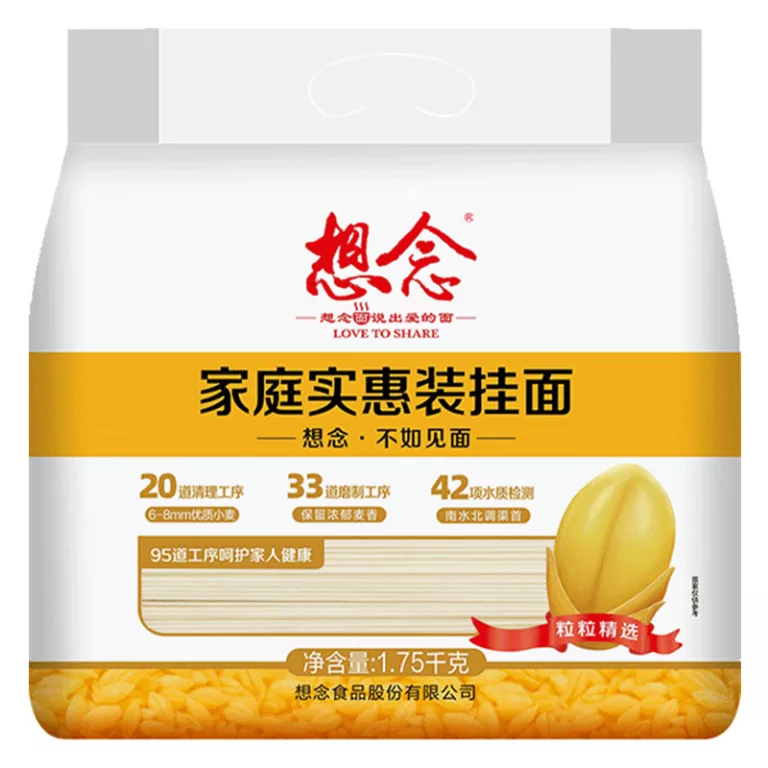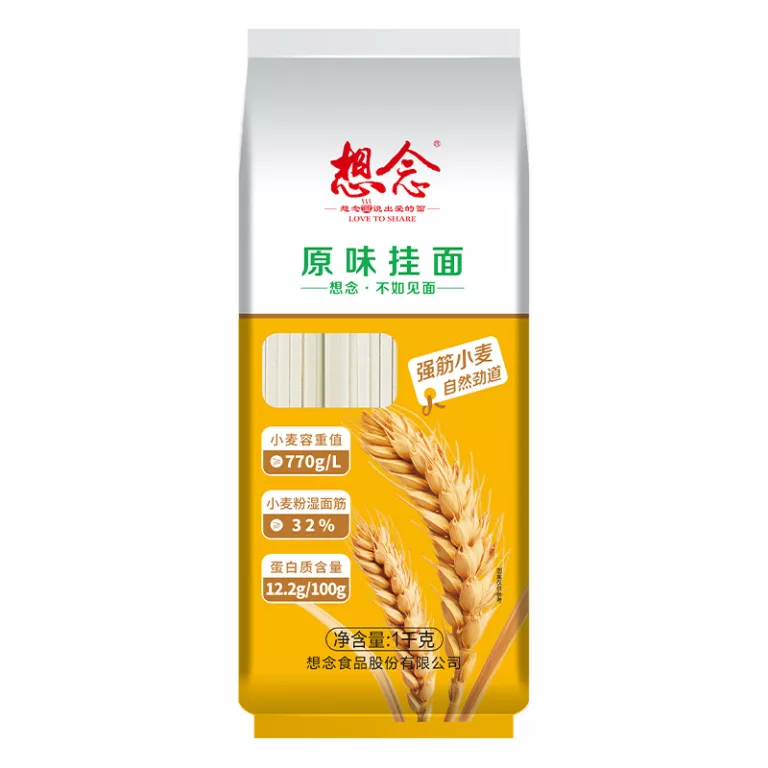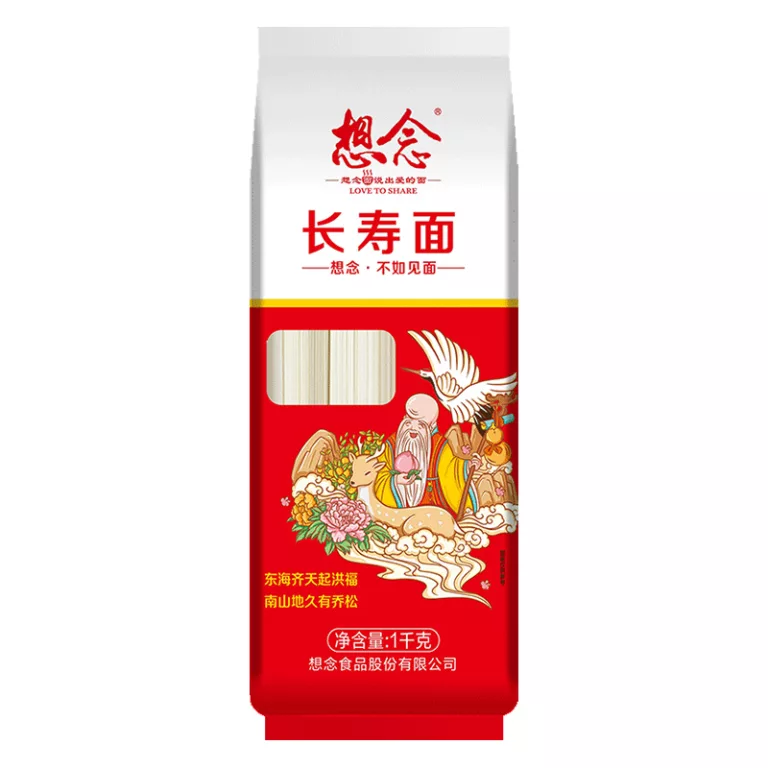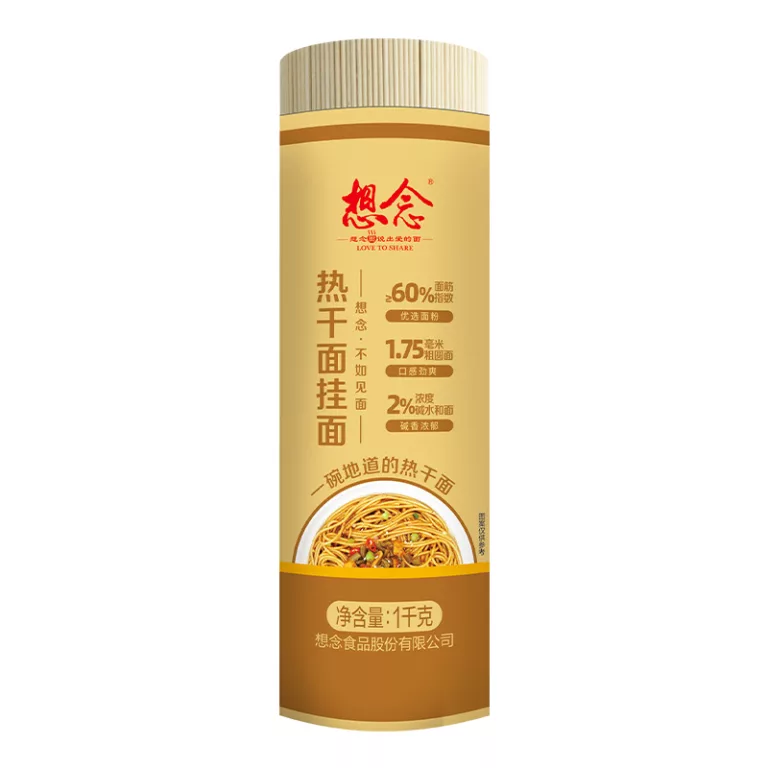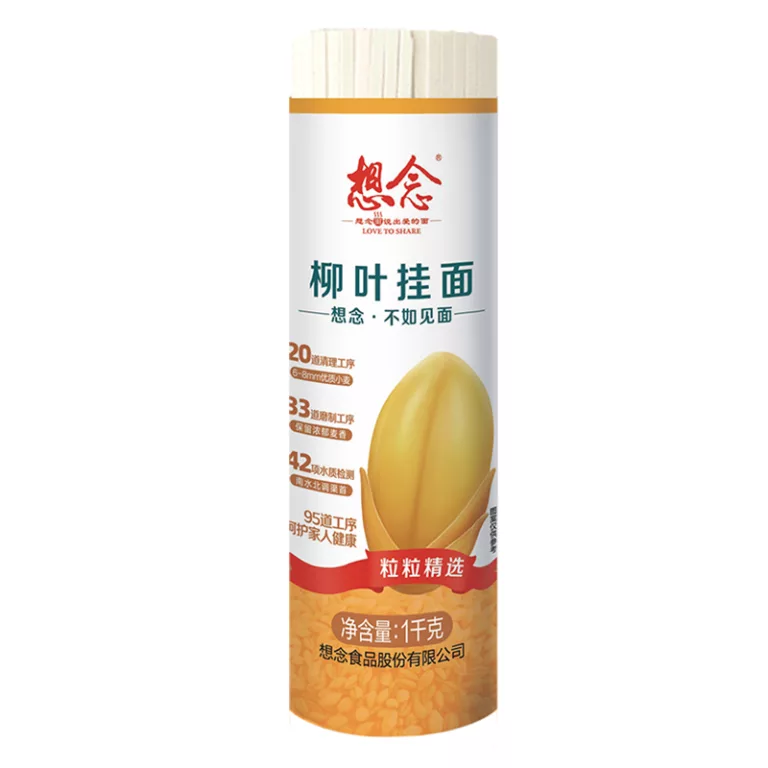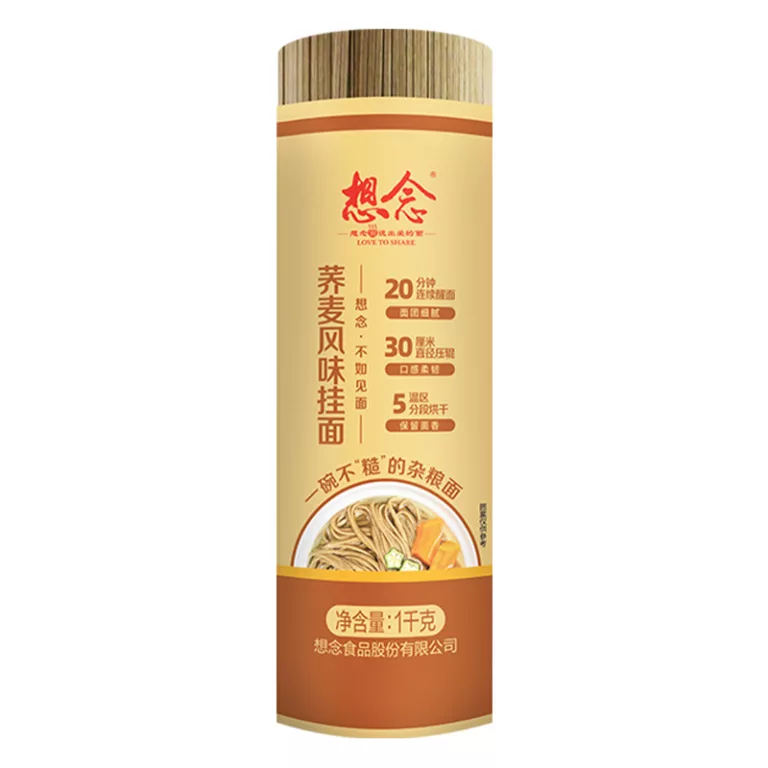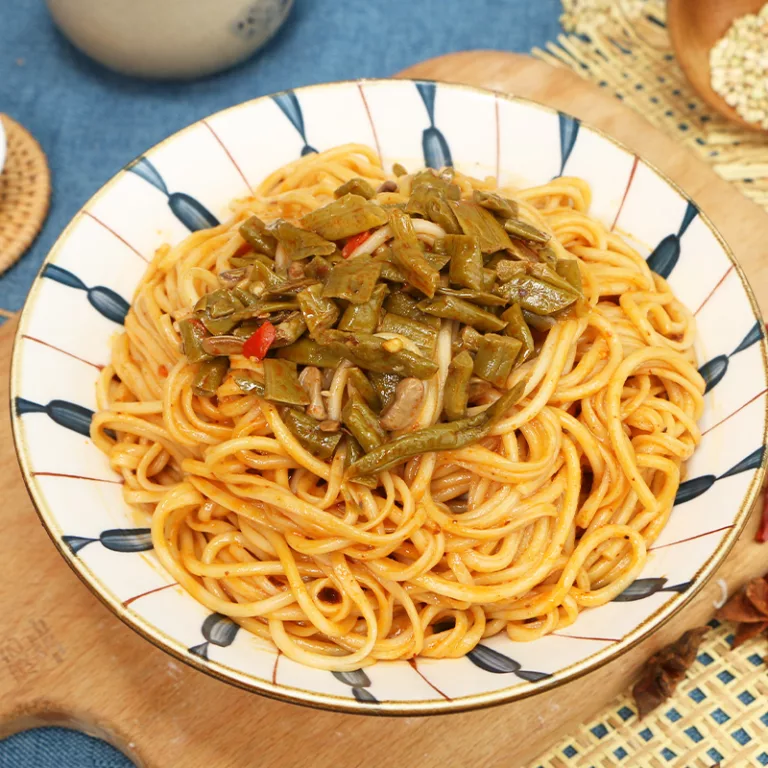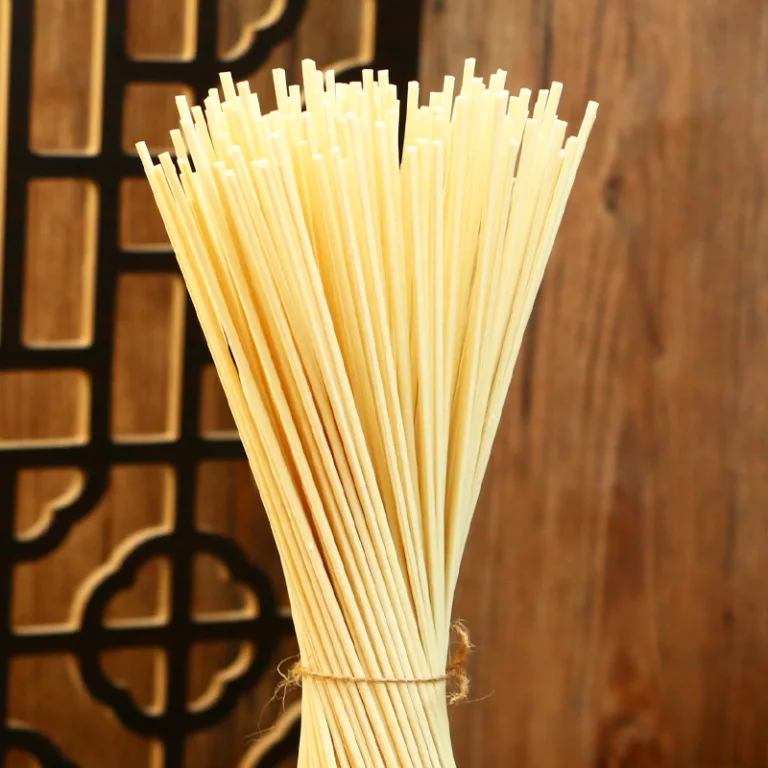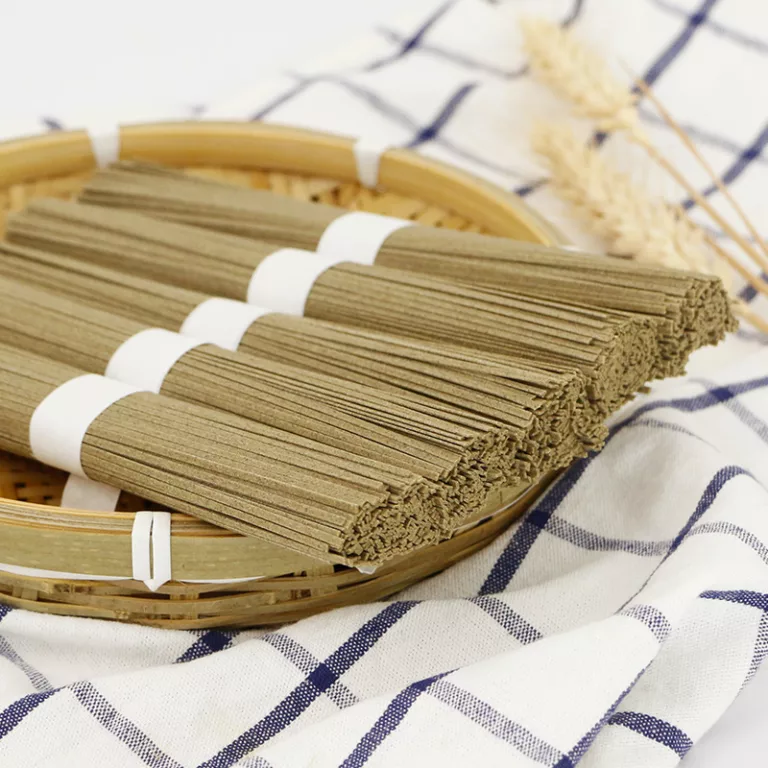What is the healthiest kind of noodle?
-
zeyuan li
- February 13, 2023
Table of Contents
Healthy Noodles – Get Your Recommended Daily Intake of Vitamins, Minerals and Fiber!
Are you looking for a healthier alternative to the traditional noodles served on your weekly family table? If you are, then you may have started the search for healthy noodles. After all, with so many different types of noodles available, it can be quite confusing trying to find the healthiest option.
Healthy noodles are made from ingredients that provide vitamins, minerals, and fiber which our bodies need to stay healthy. While there is no “one size fits all” approach to healthy eating, dining on healthy noodles can increase your nutritional intake while controlling caloric intake as well. If you’re looking for a healthy noodles recipe, you’ve come to the right place!
Let’s take a look at some of the different types of noodles, including their nutritional values, to help you determine which is the healthiest option.
Whole Grain Noodles
Whole Grain noodles are the closest you can get to eating the actual grain. They are made by grinding whole grains, such as wheat, spelt, quinoa, and brown rice, into a fine flour and then mixed with water and salt. Whole grain noodles are packed with vitamins, minerals, and dietary fiber. This makes them a great way to increase your daily nutrient intake. They provide a good source of magnesium, phosphorus, and iron as well as B vitamins. Plus, their high fiber content helps to keep your digestion moving smoothly.
Whole wheat noodles typically have a robust flavor and a slightly chewy texture, so dishes made with this type of noodle have a more complex flavor. For example, try tossing them in a sauce with sausage, peppers, and mushrooms for a delicious zesty stir fry. Or you can use them in a soup, adding a hearty whole grain aspect to a classic dish.
Whole wheat noodles can be an especially great source of protein when combined with legumes, such as lentils or chickpeas. This makes them an excellent meal for vegetarians or vegans who need to get enough protein from their diets.
Whole grain noodles are also Heart-Healthy as they are low in saturated fat, which can lead to heart disease. Look for whole wheat, spelt, or quinoa noodles for maximum health benefits.
Gluten-Free Noodles
If you are allergic to wheat or cannot tolerate gluten, gluten-free noodles may be the best option for you. They are made from rice, buckwheat, corn or other gluten-free grains and are suitable for those who need to watch their dietary intakes carefully.
Gluten-free noodles provide both vitamins and minerals such as vitamin B, calcium and zinc. They are also high in fiber, which can help with weight loss. As well, they fill you up quickly and are a good source of energy. And, as they contain no wheat or gluten, those with autoimmune diseases such as celiac disease can digest them without worry.
Gluten-free noodles have a more delicate texture than whole wheat noodles, so they are best suited for light sauces. For example, you can toss them in a light cream sauce with mushrooms and asparagus for a flavorful and nutritious meal.
Soba and Udon Noodles
Soba and udon noodles are Japanese noodles made from wheat flour and are a popular dish in Japan. They are very low in calories, rich in fiber, and contain little fat. They are also an excellent source of B-group vitamins, Vitamin E and the minerals magnesium, iron, and zinc.
Both soba and udon noodles are made by kneading wheat four and water, then stretching it until it forms flat strands. Udon noodles are usually thicker than soba noodles which come in a variety of shapes and sizes. They have a delicate taste and firm chewy texture, making them ideal for use in soups and stir-fries.
Bean Thread Noodles
Bean Thread or Cellophane noodles, are made from mung bean flour and are popular in Asian cuisine. They are gluten-free, low in calories and loaded with dietary fiber. Plus, bean thread noodles contain an array of vitamins and minerals such as calcium, iron, potassium, and the B vitamins thiamine, niacin, and folate.
Bean thread noodles have a mild flavor, so they are best suited for soups, salads, and stir-fries. They are also wonderfully light and hold up well in a variety of dishes. Try making a Thai noodle dish by simmering bean thread noodles in a spicy coconut and lime sauce with shrimp, bell peppers, and bean sprouts.
Rice Noodles
Rice noodles are also commonly found in Asian cuisine, and are typically 75-90% carbohydrate-based. They are made from rice flour and water, and often have added vitamins and minerals. Rice noodles are low in fat and offer a good source of carbohydrates, which are needed for energy. They also provide a good source of fiber and B vitamins and are free from gluten.
Rice noodles have a light consistency and delicate taste. They are best suited for Asian dishes such as pad thai or curry. However, you can also add them to and stir-fries, soups, and salads for an enjoyable and nutritious meal.
In conclusion, healthy noodles can be a great alternative to traditional pasta dishes. Different types of noodles offer various health benefits depending on their ingredients and nutritional content, so choose your noodles wisely. Always be sure to check the label to make sure you are getting the correct dosage of vitamins and minerals. And, most importantly, enjoy your delicious, nutritious meal!
